Packing for a cold-weather holiday usually means layering low-weight, low-volume, high-performance synthetics. But while modern thermal technology may help you save on luggage space, it’s not always superior in terms of style or performance. When visiting countries with a cold climate, keep an eye out for the traditional, time-tested warm clothing that locals wear. Here are some examples of cosy clothes from around the world that will remind you of your holiday every time you put them to good use.
Japan
A hanten, a short winter coat worn in Japan, is great for layering. Traditionally paired with a kimono, it works just as well with jeans or thrown over a modern dress. The simple unisex garment makes for an ideal between-season jacket, but it can also serve as a cosy cardigan replacement or an interlayer. The cotton (or poly-blend) padding provides warmth, and, depending on the outer fabric, it can either look casual or chic. Traditional hanten are made out of a plain, thick cotton fabric, but today you can find colourful, elaborately decorated and printed versions made from synthetics or even silk.
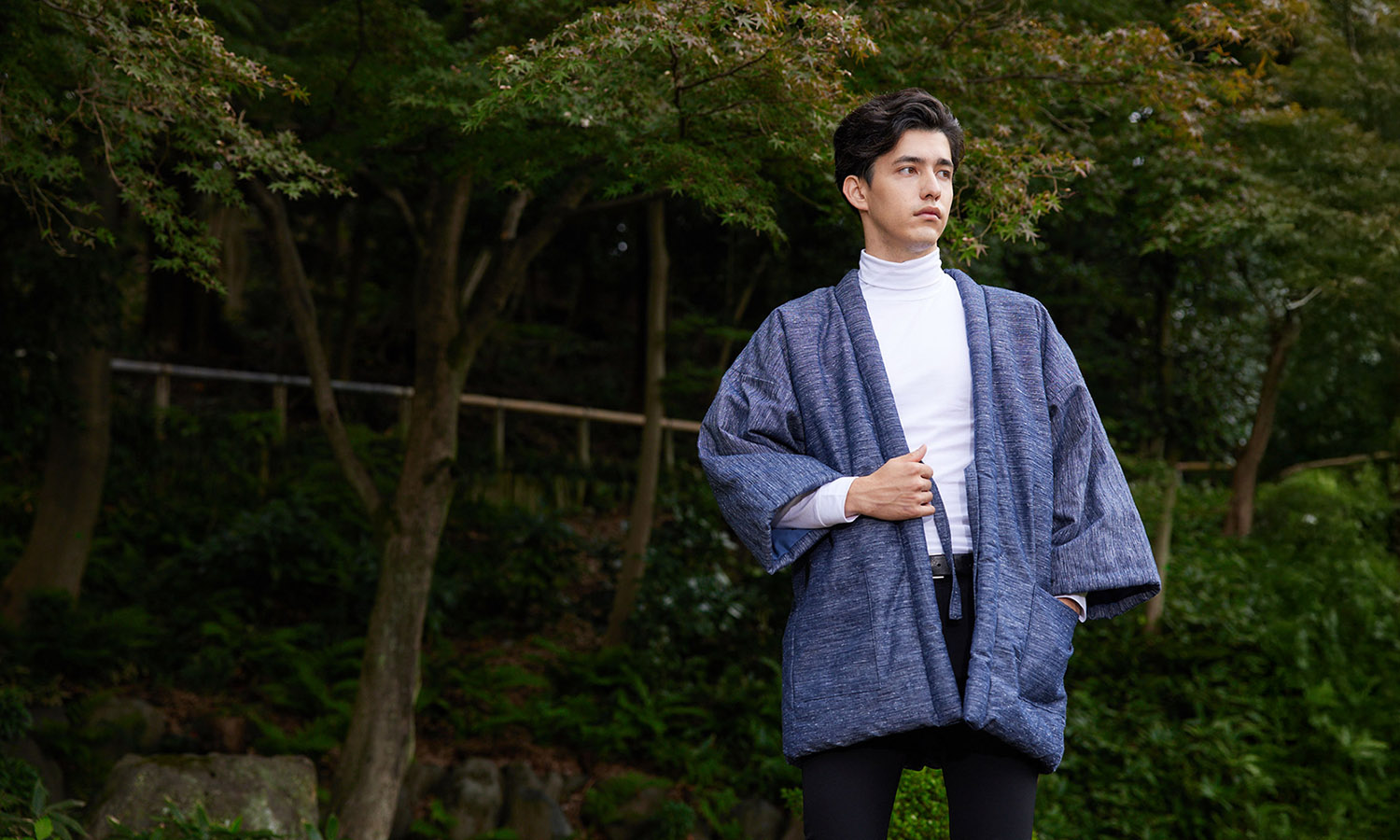
[Photo via Japan Objects]
Austria
Have you ever pulled a wool jumper out of a too-hot wash only to find a smaller, more solid version of the garment that went in? That’s the essence of loden-making – except the latter requires dozens of additional production steps. Spun yarns are woven, then shrunk with a combination of warm water and friction. By packing the natural fibres tight, this process creates a thick, warm, wind- and waterproof fabric. Visit the oldest loden mill in the world to see the production process and pick up a traditional loden coat, or see how the time-tested material is being used to rival modern performance fabrics, for example, in ski jackets and hiking trousers.
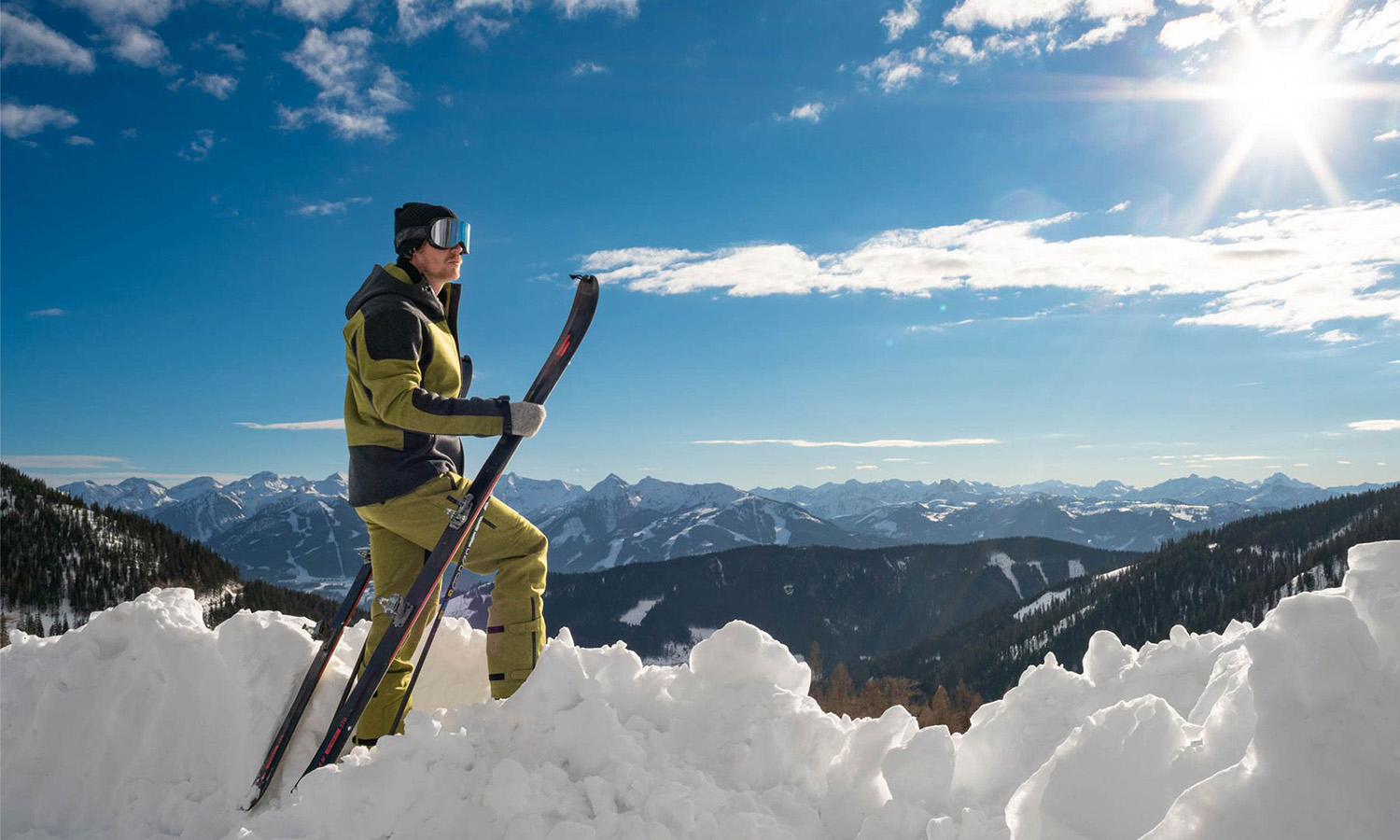
[Photo via Lodenwalker]
Morocco
The djellaba, a loose, hooded cloak found across North Africa, is a great coverup worn by both men and women in Berber culture. Traditionally woven out of wool, its length and hood keep you warm from your head to your ankles. Depending on the heft of the fabric, it can serve as a dry robe after a swim or surf, as a cosy housecoat or even as an overcoat in autumn and winter. For a contemporary look, go for a simple monochrome or striped design made from natural fibres.
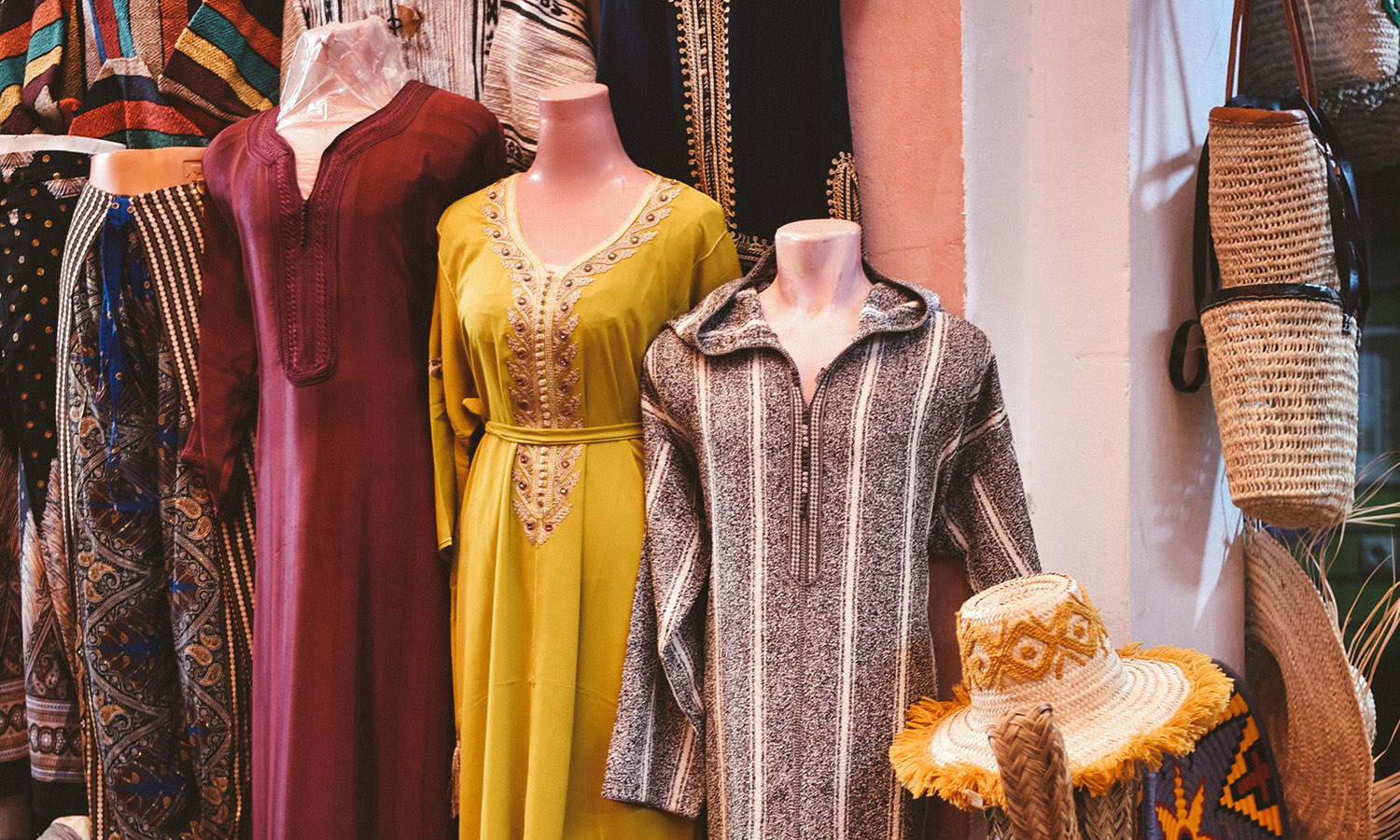
Atlantic Islands
What is it about islands in the Atlantic Ocean that brings forth such fabulous knitwear? There are Faroese seaman’s sweaters; lopapeysa, the typical Icelandic sweater; traditional guernseys from the island of the same name; the colourful patterned Fair Isle, which originated on one of the Shetland Islands; Irish Aran jumpers… and those are just the most famous, instantly recognisable ones. You can find out the combination of factors these places all have in common on a visit – and purchase a hand-knit piece made from locally sourced wool to keep you warm while you’re there.

[Photo via Oldfield Outfitters]
Uzbekistan
Across Eastern Europe and Central Asia, nomadic herding cultures have fostered a dashing horseback style: Uzbek riding boots display a rich tradition of leatherwork and embroidery also found in Tartar, Tajik, Kazakh and Mongol boots. Made from leather and a type of embroidered textile named suzani, they add the perfect finishing touch to an equestrian outfit on the Eurasian Steppe – and they will turn heads anywhere else in the world, too.
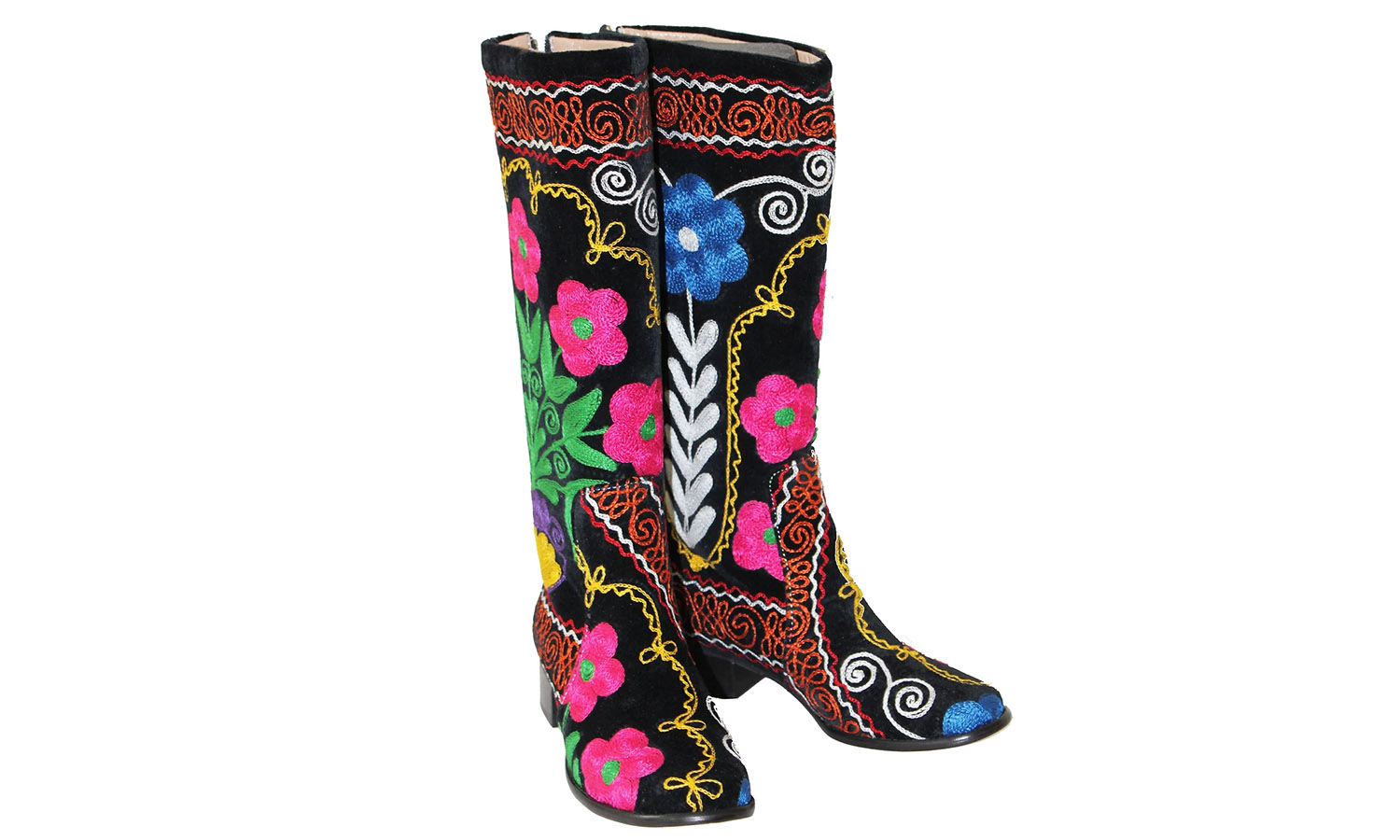
[Photo via Zeyzani]
Peru
In the Andes, indigenous communities raise cuddly-cute alpacas and make ponchos from their functional fibres. The look can range from slouchy cape to chic cover-up, depending on the shape, colours and patterns you choose, but it will certainly keep you warm. If you select a fair-trade product, you’ll also be supporting the indigenous way of life and contributing to the upkeep of a sustainable industry. Seek out a weaving cooperative in Peru, for example on a tour of the Sacred Valley, or explore the dedicated “Weavers’ Route” that takes hikers through villages on a less crowded trail.
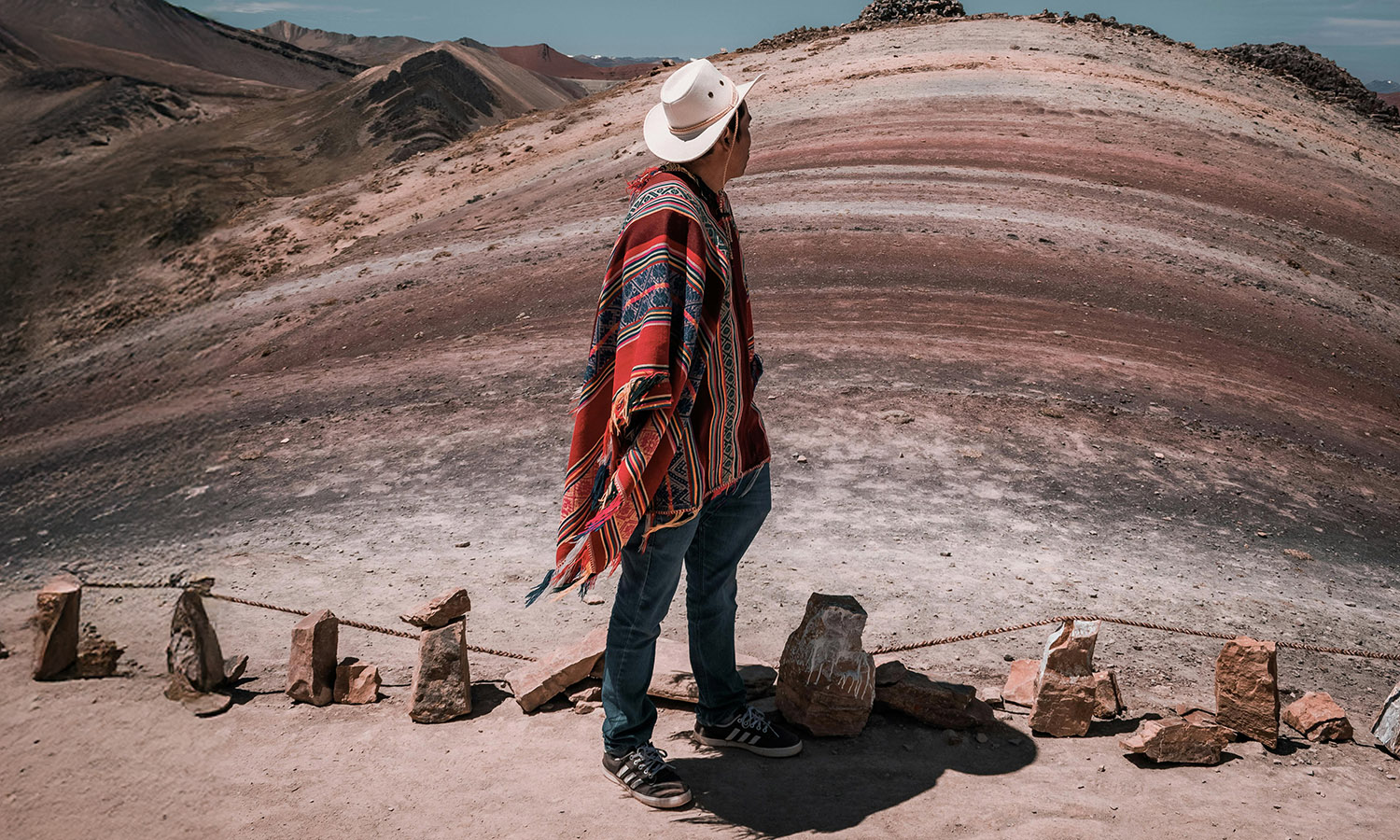
Netherlands
Yes, people in the Netherlands actually wear clogs. Yes, they really are comfortable (once they’re broken in). Wooden shoes offer excellent insulation and, when worn with woollen socks, they will keep your feet warm around the house and for short trips to the garden, or maybe as far as the corner shop. Some people find them comfortable enough to walk around in all day, but that is very much an acquired taste. Wherever you go, people will certainly hear you coming. Choose an unadorned plain wood version of the kind that Dutch farmers wear to this day for a cosy minimalist look.
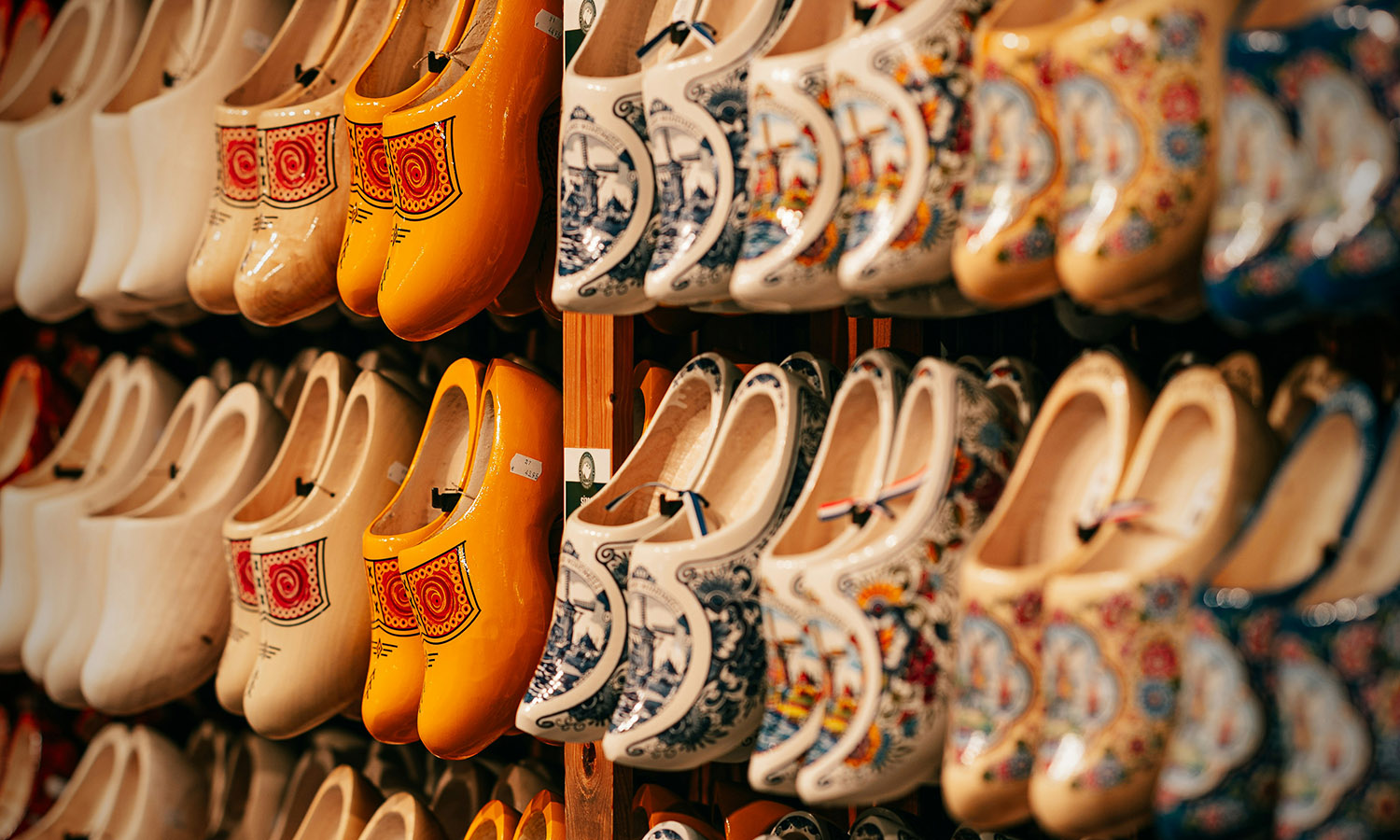
Scotland
Tartan is so much more than a timelessly stylish and enduringly fashionable pattern; the plaid look has been reinvented countless times in a wide variety of looks, from grunge to preppy, punk to couture. However, the original tartan, inextricably linked with popular ideas of Scottish tradition and Highland dress, is made from woven wool. Its patterns have long been associated with clans and, more recently, are recorded in The Scottish Register of Tartans. On a visit to Scotland, you can commission one of many companies that offer a custom tartan design service or even create your own in a tartan-weaving workshop.
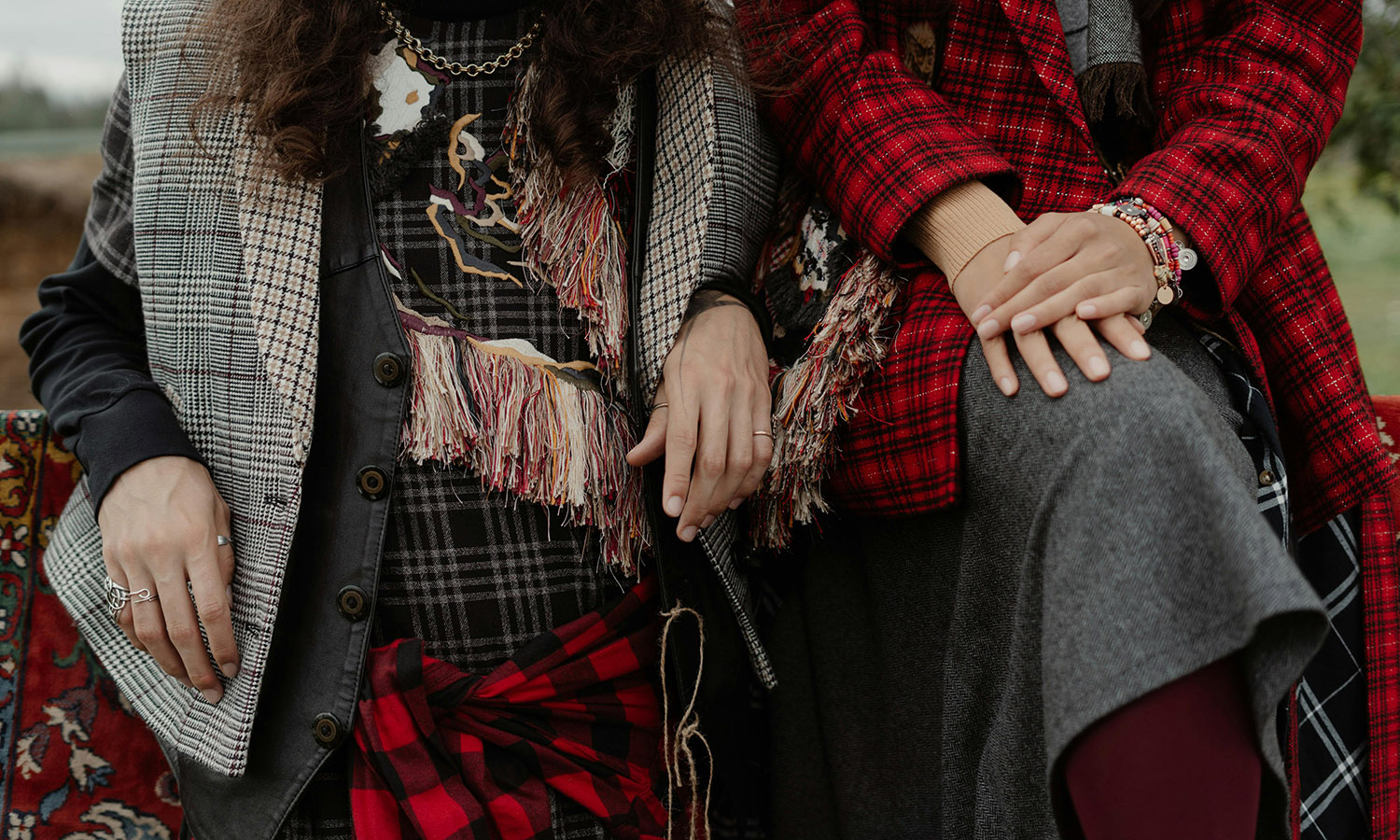
… And Scotland
Tweed shares a similar heritage to tartan: it probably originated in Scotland, is made from wool, and is often woven in specific patterns associated with estates. Today, the famous Harris Tweed holds a special status as the only fabric in the world protected by its own act of Parliament (and by the Harris Tweed Authority). On the Islands of Harris and Lewis, tweed is still hand-woven. The Harris Tweed Trail guides visitors to significant sites across the Outer Hebrides to experience this crafting tradition.
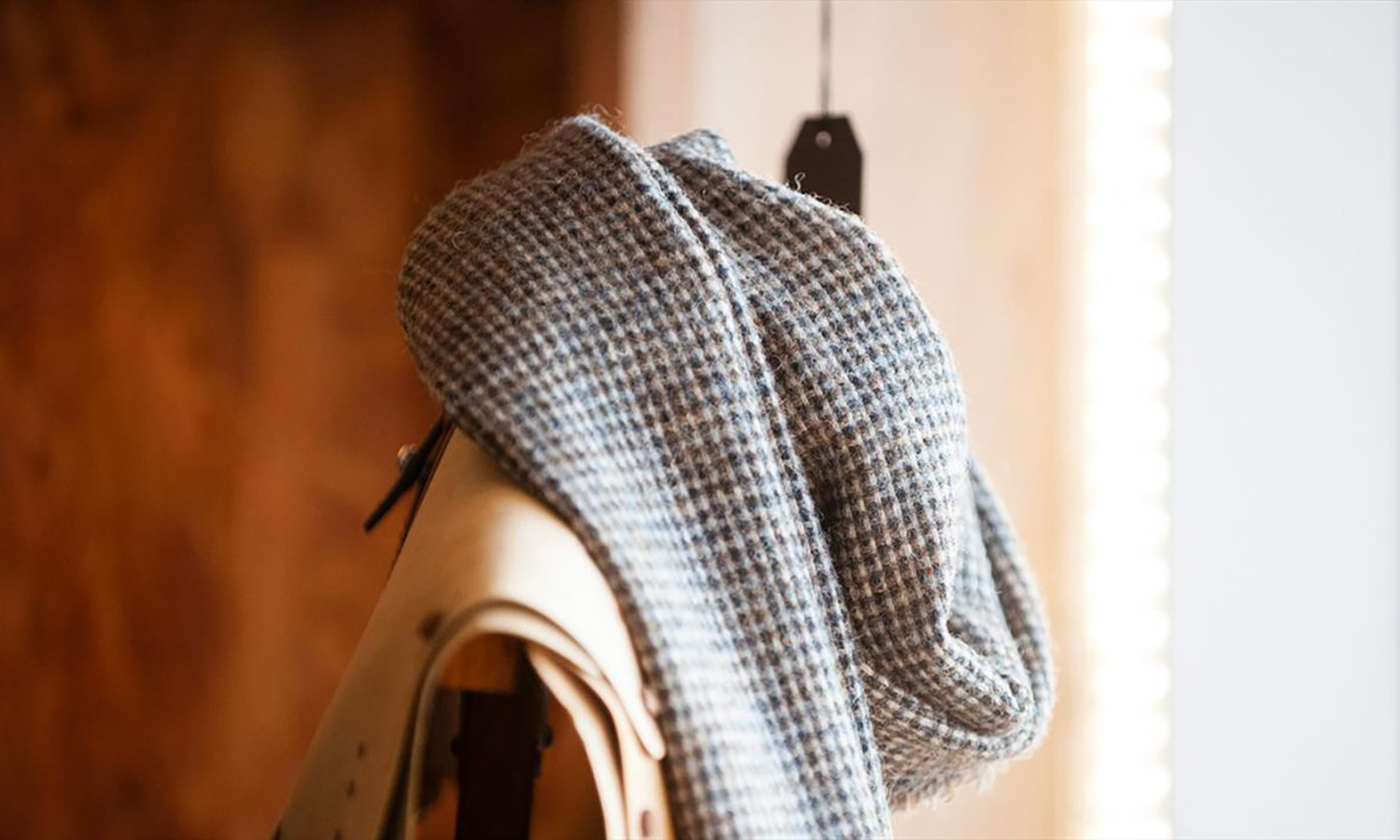
[Header image courtesy of Oldfield Outfitters]

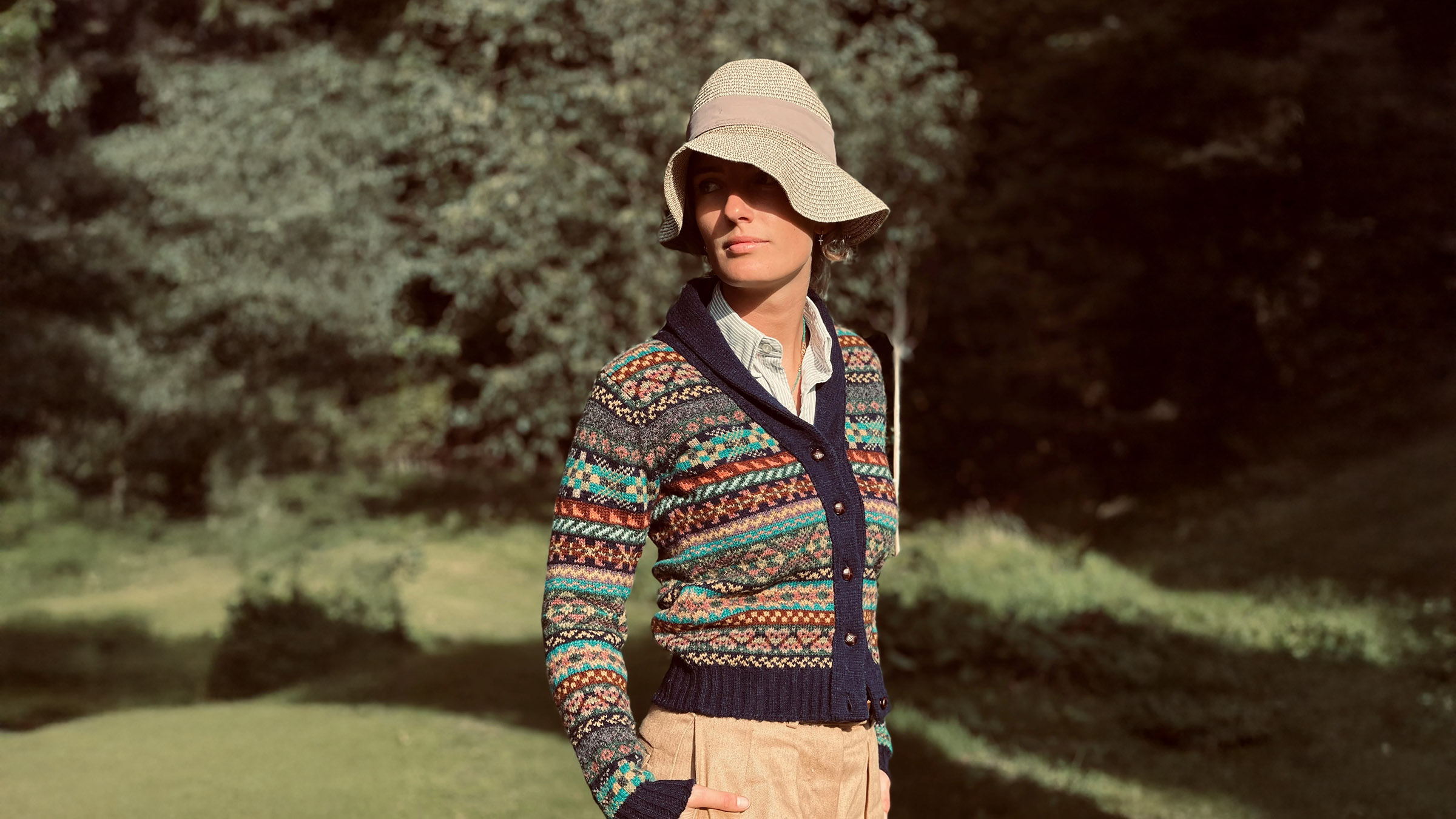


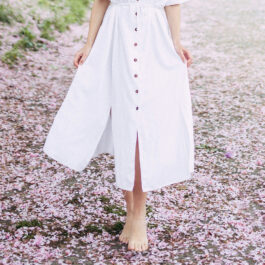
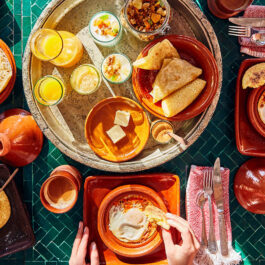

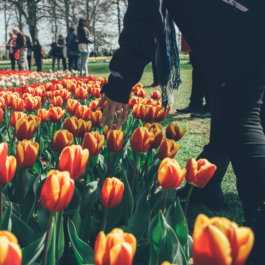



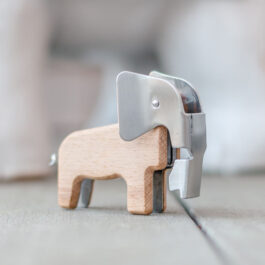


Sorry, the comment form is closed at this time.